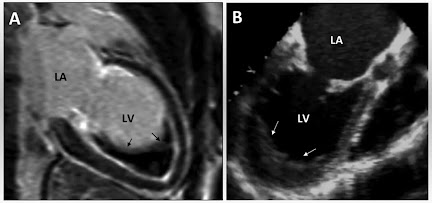Sweet Syndrome (Acute Febrile Neutrophilic Dermatosis)
What is Sweet Syndrome?
Sweet Syndrome is a skin condition that causes painful, red or purple bumps and patches. It usually appears on the face, neck, and arms, and is often accompanied by fever and high levels of neutrophils in the blood.
Types of Sweet Syndrome:
1. Classic Sweet Syndrome: The most common form, often affecting young women, usually following mild illnesses or linked to pregnancy, inflammatory diseases, or infections.
2. Malignancy-Associated Sweet Syndrome: This type is connected to cancer, especially blood cancers like leukemia, and may even be the first sign of an underlying cancer.
3. Drug-Induced Sweet Syndrome: Caused by medications like granulocyte colony-stimulating factor (G-CSF), antibiotics, or cancer treatments.
Causes:
- Classic: Often no clear cause, but can be triggered by infections, pregnancy, or inflammation.
- Malignancy-Associated: Linked to cancers, especially leukemia.
- Drug-Induced: Triggered by medications, including some cancer treatments.
Symptoms:
- Painful red or purple bumps on the skin.
- Fever and tiredness.
- Sometimes linked to other conditions like infections or cancer.
- Can affect other organs like the lungs, kidneys, or nervous system.
Diagnosis:
Doctors diagnose Sweet Syndrome based on the sudden appearance of painful skin lesions, fever, and lab tests showing high white blood cell counts. A skin biopsy (small tissue sample) may also be done to confirm the condition.
Treatment:
- Steroids (like prednisone) are the main treatment, and they work quickly to relieve symptoms.
- Other medications like colchicine or dapsone may be used for recurring or resistant cases.
- If a drug is causing the condition, stopping the medication usually helps.
Prognosis:
Most cases improve with treatment, but Sweet Syndrome can come back, especially if linked to cancer. The outcome depends on treating the underlying cause if there is one.
In summary, Sweet Syndrome is a treatable condition often associated with infections, medications, or cancer, and it primarily affects the skin but can involve other organs.







No comments:
Post a Comment
Please do not enter any spam link in the comment box